With a 55.8% share of net electricity generation for public power generation – i.e. the electricity mix that comes out of the socket – renewable energies set a new record in the first half of the year. In February, their share was as high as 61.8 percent. Solar and wind energy plants together fed 102.9 terawatt hours (TWh) into the public grid, compared to 92.3 TWh in the first half of 2019. In contrast, electricity production from coal fell sharply: the share of lignite fell to 13.7%, while hard coal only accounted for 6%. Wind energy was once again the strongest source of energy with a share of 30.6%.
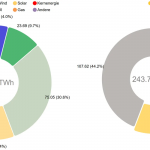
Net electricity generation from power plants for public power supply – © Fraunhofer ISE, Graphic: B. Burger, source: https://www.energy-charts.de
The graph above shows the net electricity generation from power plants for public power supply. This is the electricity mix that actually comes out of the socket. Generation from power plants of “companies in the manufacturing industry and in mining and quarrying”, i.e. industrial generation for own consumption, is not included in this chart.
Consequences of the corona pandemic noticeable
From the second quarter of 2020, the drop in demand for electricity due to the decline in industrial production caused by the coronavirus pandemic became noticeable. The load fell to 35.3 TWh in June (June 2019: 37.6 TWh), while electricity production fell from 47.9 TWh in January to 36.0 TWh in June. Overall, the load in the first half of the year was 234.2 TWh, a significant decrease compared to the 245.7 TWh in the first half of 2019. Electricity production fell by 21.7 TWh compared to the first half of 2019 to 243.8 TWh. Part of this decline is due to the fall in exports from 20.1 TWh to 7.5 TWh.
Renewable energies driven by strong winds
Photovoltaic systems fed around 27.9 TWh into the public grid in the first half of the year, an increase of 11.2% compared to the previous year (25.1 TWh). Solar power systems benefited from the favorable weather conditions, which allowed more than 6 TWh of electricity to be produced per month from April to June.
Wind energy produced around 75 TWh in the first half of 2020, around 11.7% more than in the first half of 2019 (67.2 TWh). Due to the numerous winter storms, its share even rose to 45% of net electricity generation in February. Hydropower produced around 9.5 TWh in the first half of the year, a decrease of 9% compared to the previous year (10.5 TWh). Around 23.7 TWh was produced from biomass, a slight increase on the previous year.
Record share of renewable energies of 55.8 percent
In total, renewable energy sources such as solar, wind, water and biomass produced around 136.1 TWh in the first half of 2020 (previous year: 125.6 TWh). The share of net public electricity generation, i.e. the electricity mix that actually comes out of the socket, is around 55.8%, a sharp increase compared to 2019 (47%). The share of renewable energies in total gross electricity generation exceeded 50% for the first time. Gross generation also includes in-house generation by industry (companies in the manufacturing sector and in mining and quarrying) as well as the internal losses of conventional power plants. Neither share is fed into the public electricity grid.
Sharp decline in coal-fired power – fuel switch to natural gas
Net electricity production from nuclear power plants amounted to approx. 30.1 TWh in the first half of 2020, a decrease of 12.9% compared to the previous year (34.6 TWh). Lignite-fired power plants produced approx. 33.6 TWh net. This is 19.1 TWh or 36.3% less than in the first half of 2019. Net production from hard coal-fired power plants fell by 46% to just 14.4 TWh. The sharp decline is due to the increased cost of CO₂ certificates, which averaged EUR 21.91 per tonne of CO₂, and the sharp drop in the day-ahead exchange electricity price to an average of EUR 22.94/MWh (compared to EUR 36.83/MWh in 2019). With an emissions burden of around 1 tonne of CO₂ per megawatt hour of coal-fired electricity generated, the profitability of coal-fired power plants was virtually non-existent.
As the price of natural gas halved in the same period (EUR 8.03/MWh instead of EUR 16.38 in 2019) and natural gas power plants have lower CO₂ certificate costs, there was a “fuel switch” from coal to natural gas.
Gas-fired power plants increased their production to 28 TWh, up 13.9% on the previous year’s 24.6 TWh. In addition to the power plants for public electricity supply, there are also gas-fired power plants in the mining and manufacturing industries for their own electricity supply. These produced an additional 20 TWh for industrial consumption.
Electricity consumption and grid losses 2015 to 2020
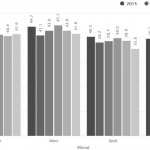
Electricity consumption and grid losses 2015 to 2020 – © Fraunhofer ISE, Graphic: B. Burger, source: https://www.energy-charts.de
Comparison of the load from January to June in the years 2015 to 2020. The load includes the electricity consumption and grid losses, but not the pumped-storage power consumption and the own consumption of the conventional power plants.
Share of renewable energies in net electricity generation 2002 – 2020
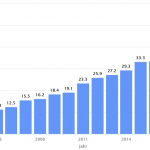
Share of renewable energies in net electricity generation – © Fraunhofer ISE, Graphic: B. Burger, source: https://www.energy-charts.de
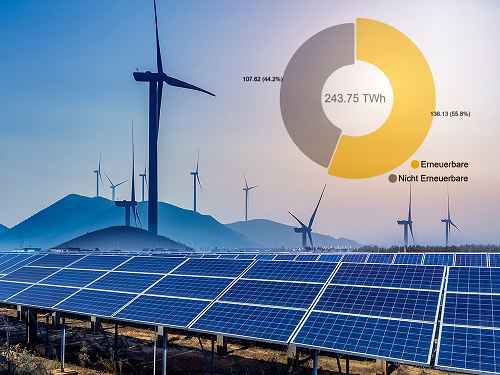




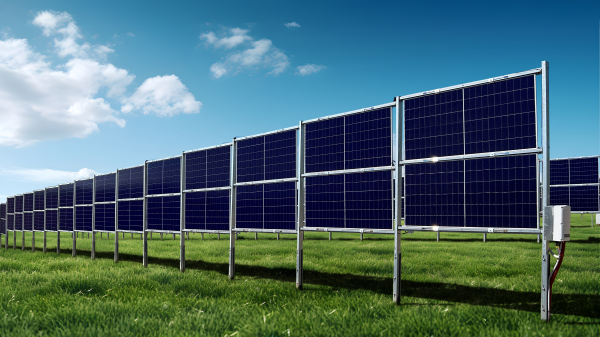





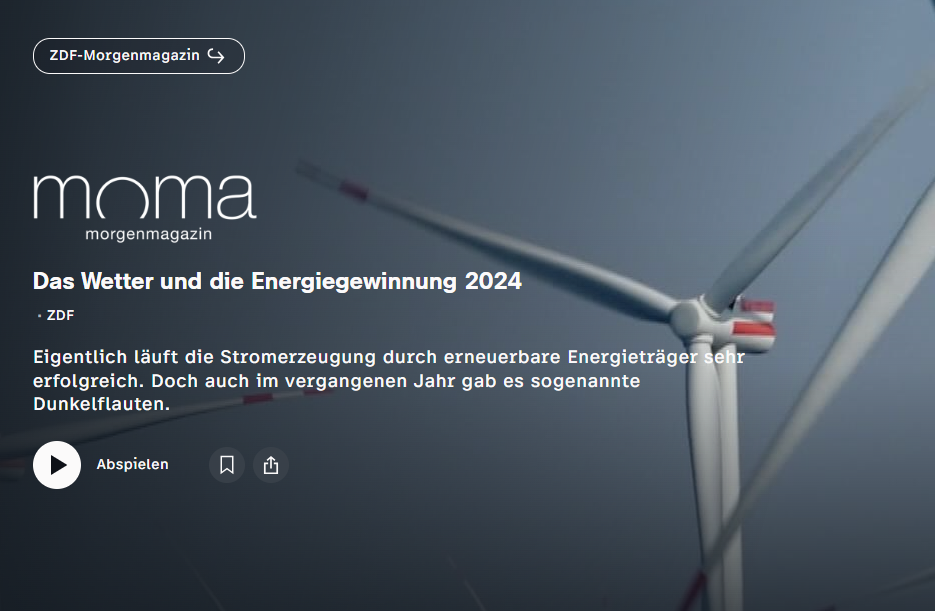













0 Comments